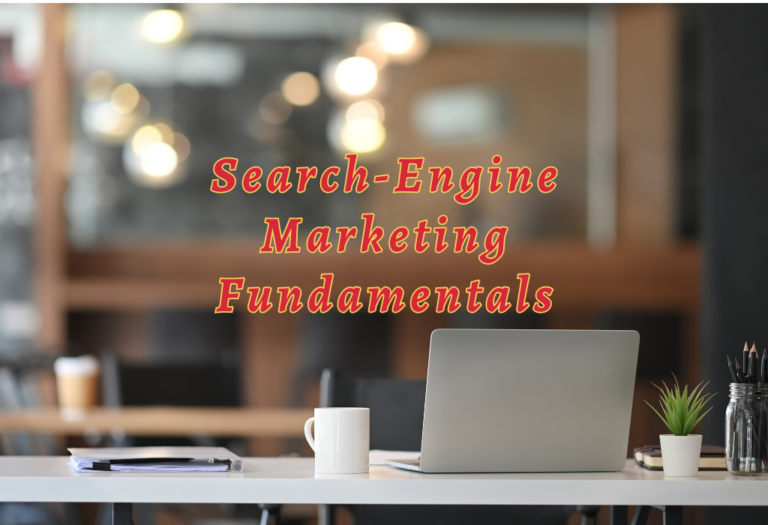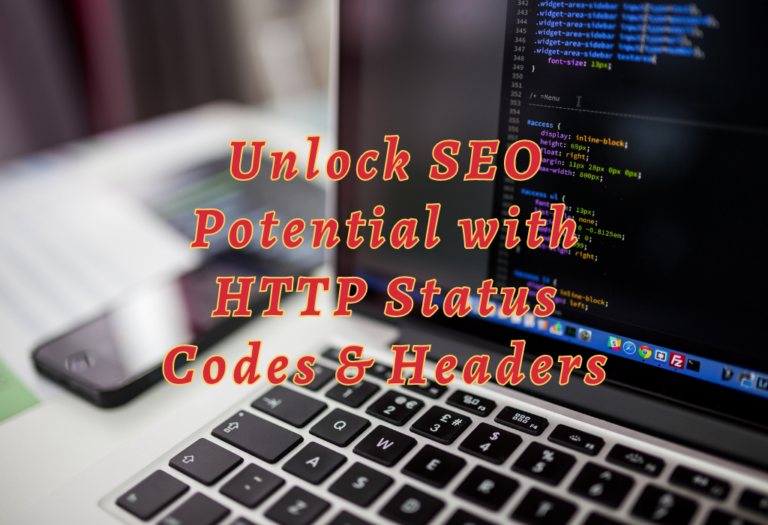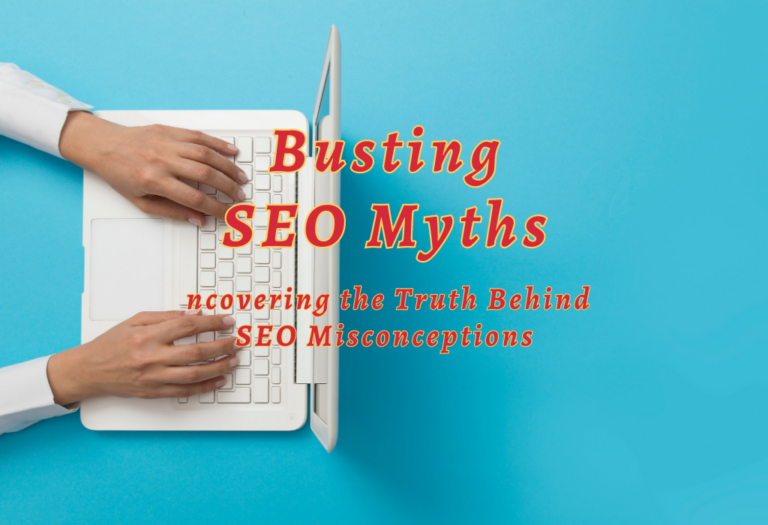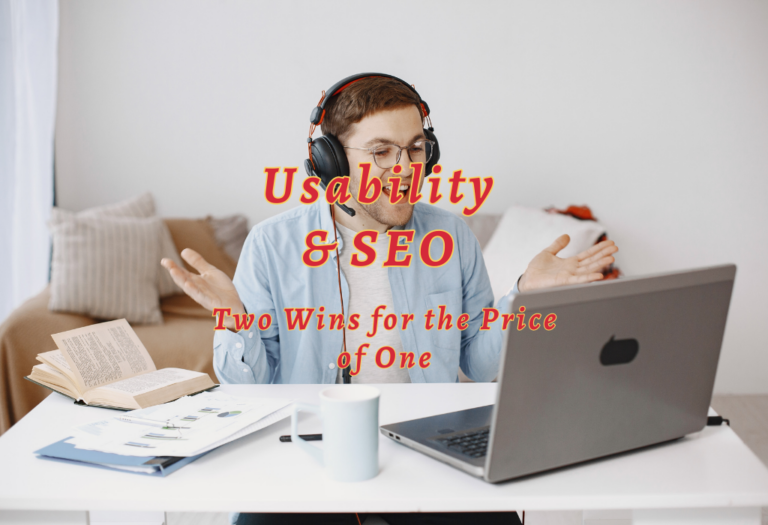Search Intent and SEO – All-in-One Guide by Experts
Search intent is a powerful tool for SEO, as it helps you understand what users are looking for when they search online. It can be used to optimize your website and content so that it better meets the needs of those searching for information or services related to your business. Search engine optimization (SEO) requires an understanding of user intent to effectively target keywords and drive traffic toward websites.
With the right knowledge, businesses can use search intent to identify which queries their site should rank higher on, allowing them access to more qualified leads who have shown interest in their products or services through searches containing specific words and phrases.
This article will explore how you can leverage search intent and SEO strategies together to increase organic visibility within SERPs (search engine results pages).
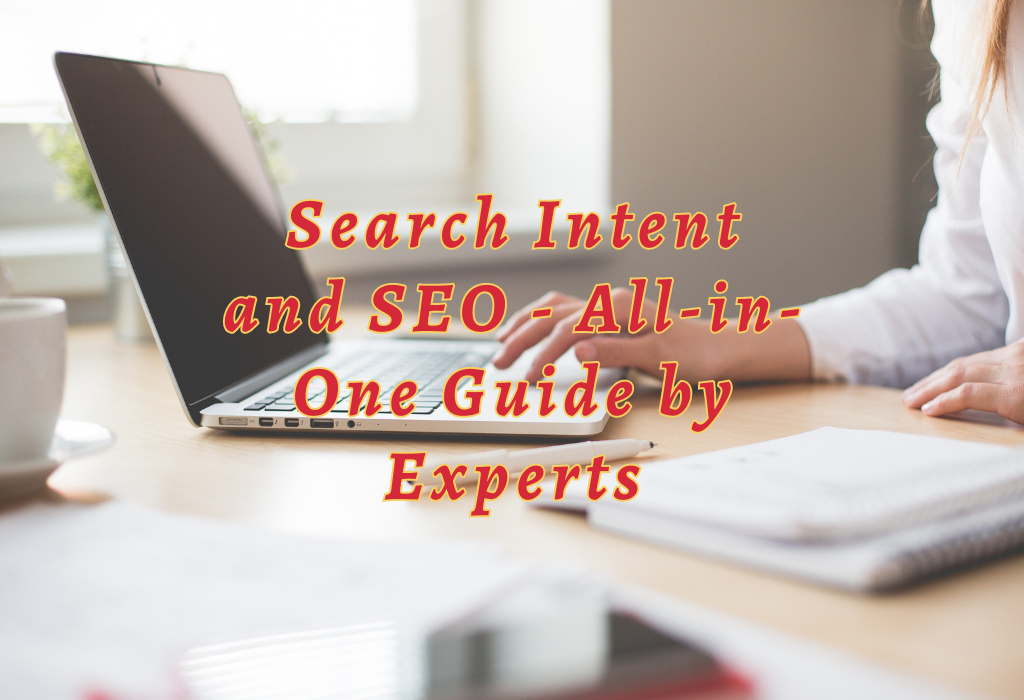
What is Search Intent?
Search intent is the purpose behind a user’s search query. It is the reason why someone types a certain phrase into a search engine and what they expect to find in response. Understanding search intent can help you optimize your content for better SEO results.
Why Knowing Search Intent is Important
Search intent is the primary goal of Google and SEOs alike. Knowing what users are looking for when they search can help you improve your rankings, broaden your reach across funnel stages, and ultimately drive more conversions.
When a user searches for something specific, it’s important to make sure that the results match their intent. If not, they won’t click on anything and this sends a signal back to Google that the intent isn’t being met.
For example, if someone searches “How to build a website” but all they get are product pages for CMS platforms or hosting sites, then chances are they won’t find what they were looking for and will try another search without clicking on anything.
Knowing how to match search intent is key in helping you target different stages of the buyer’s journey from those who have yet to discover your brand up to those ready to convert into customers.
To do this effectively requires understanding how people use language when searching online so you can create content tailored specifically towards them based on their needs at each stage of their journey with you.
In addition, understanding user behavior helps inform keyword research strategies by uncovering new opportunities beyond just matching exact keywords used in queries – such as synonyms or related terms – which could potentially open up more traffic sources than previously thought possible!
By taking these steps you’ll be able to better optimize your content so it matches user intents while also driving higher organic visibility through improved rankings in SERPs (search engine result pages).
How to identify search intent and rank for your keyword of choice
When trying to identify search intent, the first step is to scan the top 10 results on Google for your keyword of choice. This will give you an idea of what type of content people are looking for when they enter this query into a search engine. For example, when I search “keyword research tool” on Google.
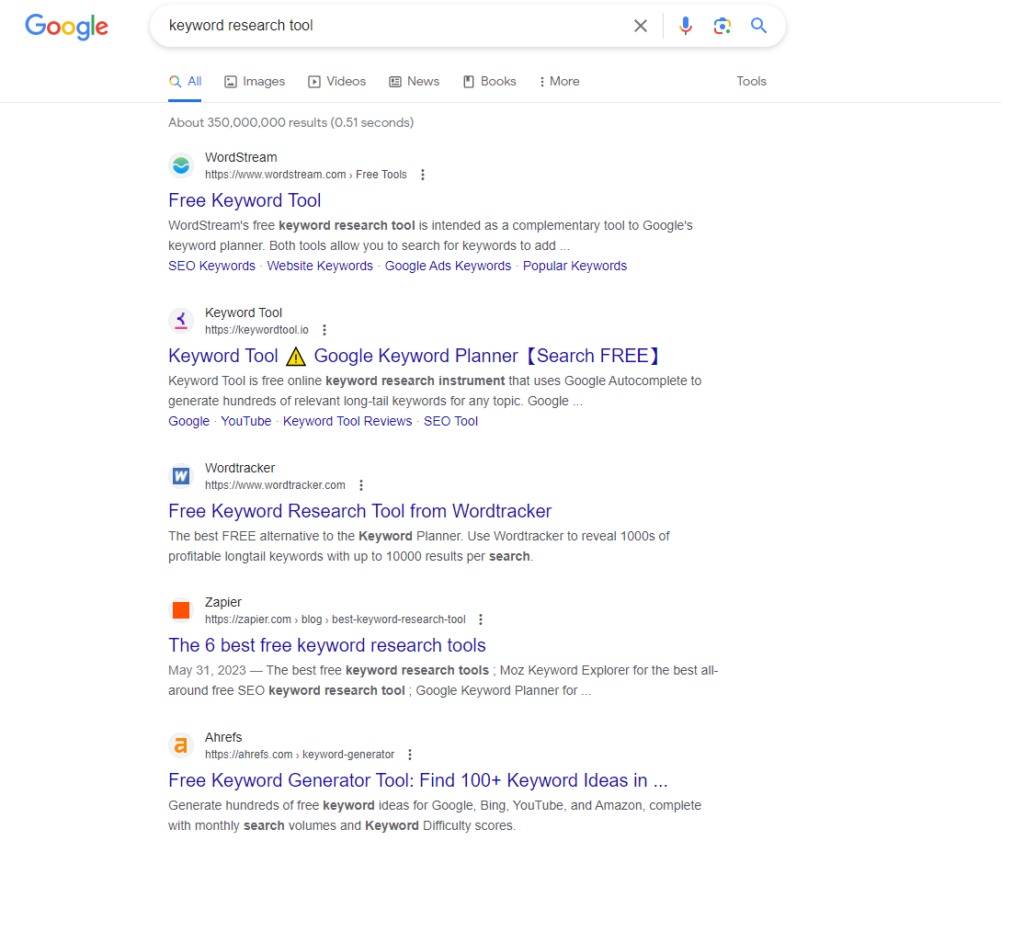
I see the keyword research tools on the top-ranking sites which mean that the user’s search intent is to see the tools, not to read about how these tools work.
The next step is to check out related searches and “People also ask” in Google which can provide additional insight into what users may be looking for with their query. These related searches often include different forms such as images or videos so it’s important to take these into account too when creating content around your chosen keyword phrase.
Another way to identify user intent is by checking keywords with a high similarity score – these words tend to have similar meanings but slightly different connotations which could indicate how users may be phrasing their queries differently depending on whether they want information or products/services associated with that term.
Finally, consider different forms of content such as image packs or video packs which can provide more context about what kind of result people expect from entering certain keywords into a search engine.
All these elements should be taken into account before creating any SEO-optimized content around your chosen keyword phrase to maximize its potential reach within SERPs (search engine result pages).
Types of Search Intent
Knowing the type of search intent can help you optimize your website to better serve users and rank higher in SERPs.
There are four main types of search intent.
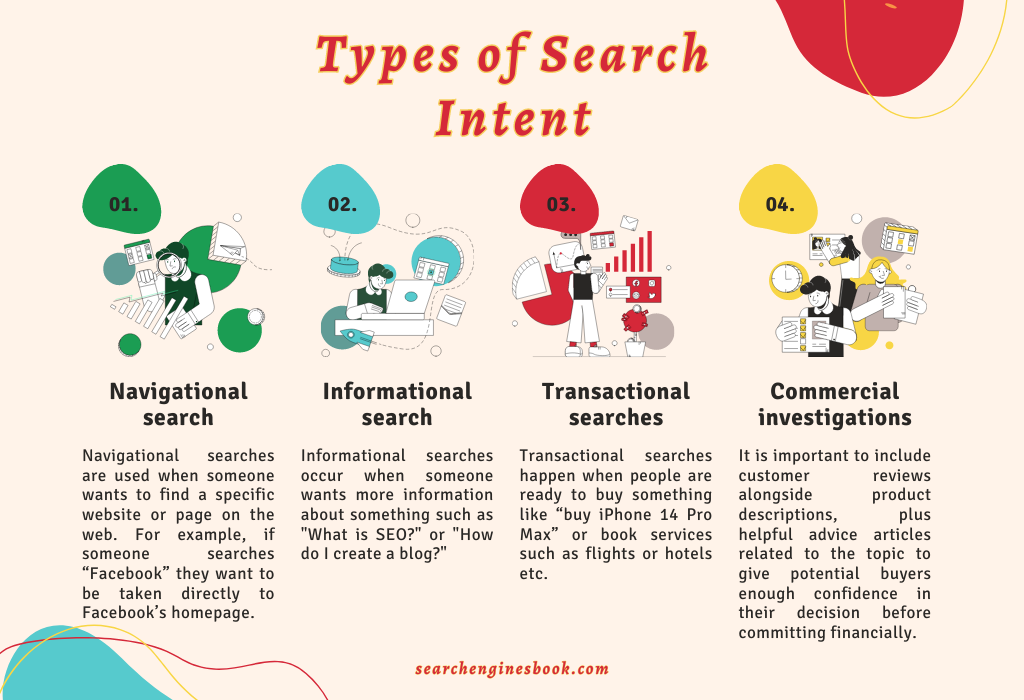
Each type has its unique characteristics and requires different strategies for optimization.
Navigational search
Navigational searches are used when someone wants to find a specific website or page on the web. For example, if someone searches “Facebook” they want to be taken directly to Facebook’s homepage. To optimize for this type of search intent you should make sure that your website is easily accessible from other websites by having clear navigation links and making sure that all pages have descriptive titles so that people can quickly find what they are looking for without getting lost on your site.
Informational search
Informational searches occur when someone wants more information about something such as “What is SEO?” or “How do I create a blog?” To optimize for these types of queries you need to provide detailed answers with plenty of relevant content including images, videos, and infographics where appropriate so that readers get all the information they need in one place without having to go elsewhere online.
Transactional searches
Transactional searches happen when people are ready to buy something like “buy iPhone 14 Pro Max” or book services such as flights or hotels etc., To optimize for these types of queries you should ensure that product/service pages have accurate descriptions with clear pricing information along with any special offers available at the time plus easy-to-use payment methods so customers can complete their purchase quickly and efficiently without any hassle or confusion.
Commercial investigations
It is important to include customer reviews alongside product descriptions, plus helpful advice articles related to the topic to give potential buyers enough confidence in their decision before committing financially. This could range from expert opinion pieces and comparison charts, right down to FAQs that answer common questions about the item being considered.
How to Optimize for Navigational Intent
It refers to the purpose of a user’s search query and what they are looking for when they enter it into a search engine. Knowing the type of intent behind each query can help you optimize your website content accordingly, ensuring that users find exactly what they are looking for on your site.
When it comes to optimizing for navigational intent, there are several steps you can take.
Step#1:
First, make sure that titles, meta descriptions, and URLs accurately reflect the content on each page of your website. This will ensure that users searching with navigational intent have an easier time finding the right page or website in SERPs (search engine results pages).
Step#2
Adding internal links throughout your site can help guide visitors from one page to another more easily and quickly.
Step#3
You should also focus on improving keyword visibility by targeting relevant keywords related to specific pages or websites within your content strategy. Doing so will increase the chances of appearing higher up in SERPs when someone searches using those terms – making them more likely to click through and visit your site instead of others.
Step#4
Finally, be sure that all web pages load quickly as slow loading times could lead potential customers away from visiting any further pages on your website.
By following these steps and focusing on optimizing for navigational intent specifically, you can improve both user experience and SEO performance simultaneously, leading to better overall rankings in SERPs over time.
How to Optimize for Informational Intent
It refers to the reason why someone searches for something online and what they expect to find in the results. Understanding user intent can help you create content that meets their needs, which will result in higher rankings and more traffic.
When it comes to informational intent, users are looking for detailed information about a particular topic or subject matter. To optimize your content for this type of search query:
By following these tips, you should be able to create content that effectively targets informational intent queries while also helping boost SEO performance over time by increasing organic traffic levels from search engines like Google and Bing. This will ultimately result in higher rankings and more visibility for your website or business.
How to Optimize for Transactional & Commercial Investigation Intent
Search intent refers to the purpose behind a user’s query and can be divided into three main categories: navigational, informational, and transactional/commercial investigation. Understanding what type of search intent a user has when they enter a query will help you optimize your content accordingly.
When it comes to optimizing for transactional and commercial investigation intents, it’s important to create product pages with detailed descriptions that include relevant keywords as well as optimized images and videos with metadata tags. This will help users find exactly what they are looking for quickly while also helping you rank higher in the SERPs.
Additionally, providing reviews from customers or experts on products or services can further boost your rankings by showing potential customers that others have had positive experiences with your company or products.
In addition to creating product pages, it’s also important to provide helpful information about the product or service such as usage instructions, troubleshooting tips, comparison charts between different models/versions of the same item, etc., so that users feel informed before making their purchase decision. You should also make sure that all pricing information is up-to-date and accurate since this could affect whether someone decides to buy from you or not. Finally, including links back to other related products within each page can help increase conversions by giving customers more options if they don’t end up buying what they initially searched for.
By understanding the search intent of a query, you can optimize your content to match the user’s expectations and provide them with an improved experience.
Why is search intent necessary in SEO?
It helps search engines understand what the user is looking for when they type a query into the search bar. By understanding the intent behind a query, search engines can provide more relevant results to users and help them find what they’re looking for faster.
When it comes to optimizing content for SEO, understanding your audience’s needs and wants is essential. Knowing what kind of information people are searching for will allow you to create content that meets their expectations and provides value. This way, you can rank higher in SERPs (search engine result pages) and attract more organic traffic from Google or other search engines.
By optimizing content according to its intended purpose – whether navigational, informational, or transactional – businesses have better chances of ranking higher in SERPs while providing valuable experiences tailored towards their audiences’ needs and wants at the same time. This helps them build credibility over time as well.
Search intent is an important part of SEO because it allows us to understand what our target audience is looking for, and how we can create content that meets their needs. By understanding search intent, we can ensure our website ranks higher in the SERPs and attracts more organic traffic.
What are the 4 types of search?
Organic Search
This type of search is based on the relevance of content to a user’s query and is often powered by algorithms such as Google’s PageRank.
Local Search
This type of search focuses on finding local businesses, services, or products within a certain geographic area. It can be powered by either organic or paid results.
Image Search
Image searches allow users to find images related to their query using keywords or phrases that describe the image they are looking for.
Video Search
Video searches use similar methods as other types of search but focus specifically on videos related to the user’s query instead of text-based content like webpages and images do.
FAQs concerning Search Intent and SEO
Conclusion
Search intent and SEO are two important concepts that go hand in hand. Understanding the types of search intent, how to identify them, and how to optimize for each type can help you improve your website’s visibility on search engine results pages. By focusing on providing relevant content that meets users’ needs based on their search queries, you can increase organic traffic and conversions while improving user experience. With a comprehensive understanding of search intent and SEO, you will be able to maximize your website’s potential.
Do you want to increase your website visibility and improve user experience? We can help! Our team of experts specializes in Search engine optimization, Site Architecture, Web Site Usability, and User Experience (UX). Contact us today for a free consultation on how we can make sure that your site is optimized to maximize its search intent. With our proven strategies, you’ll be able to get more traffic and better results from search engines.
